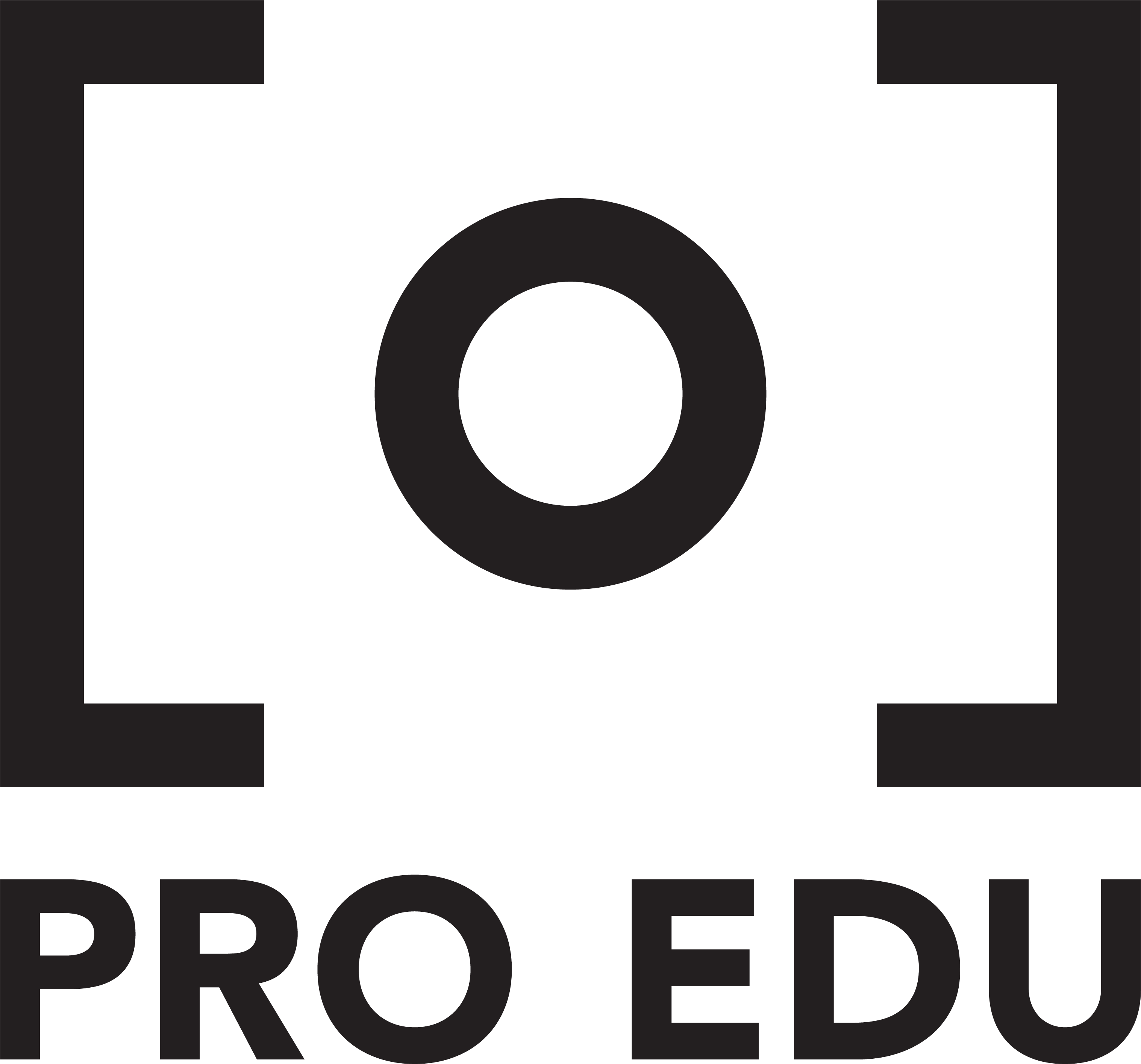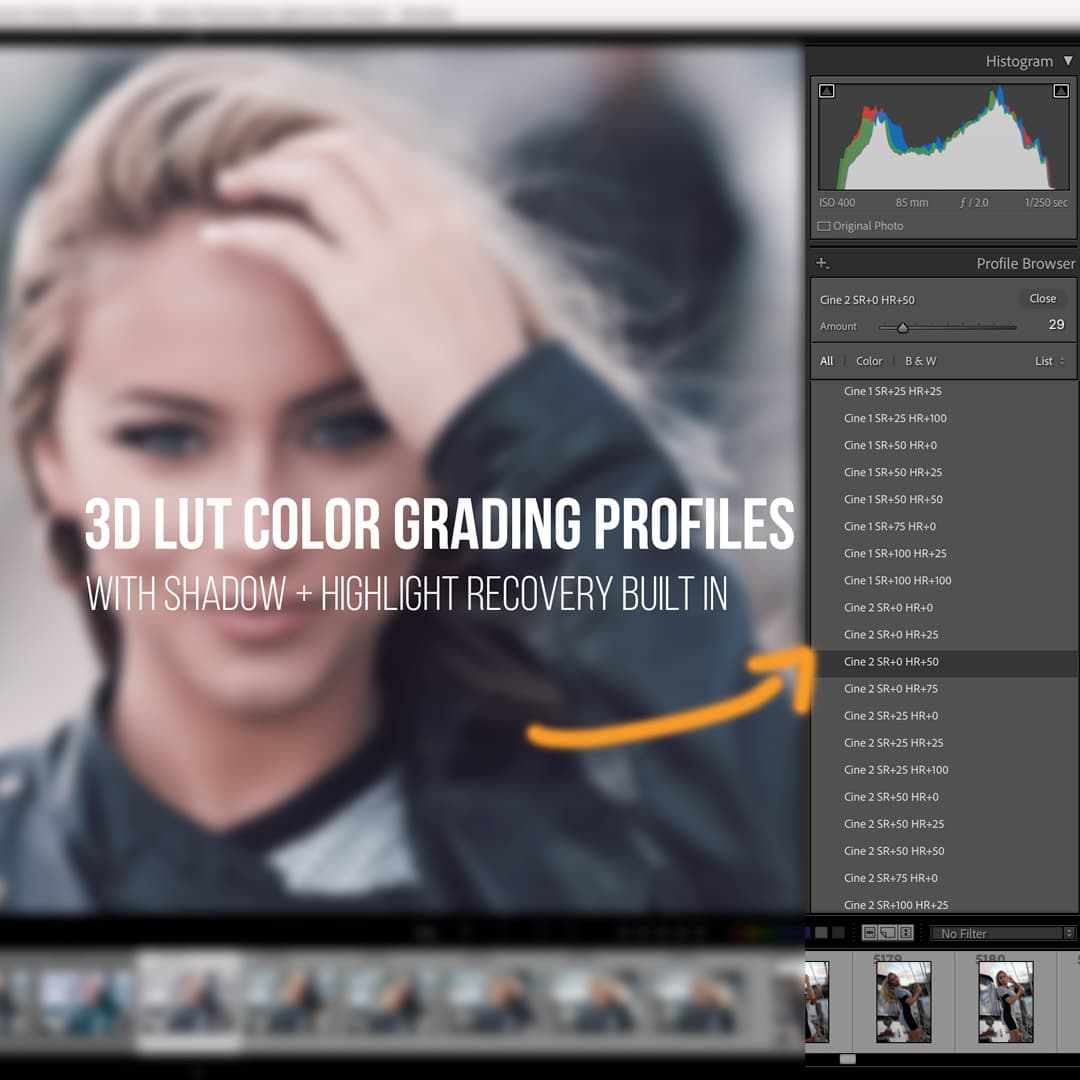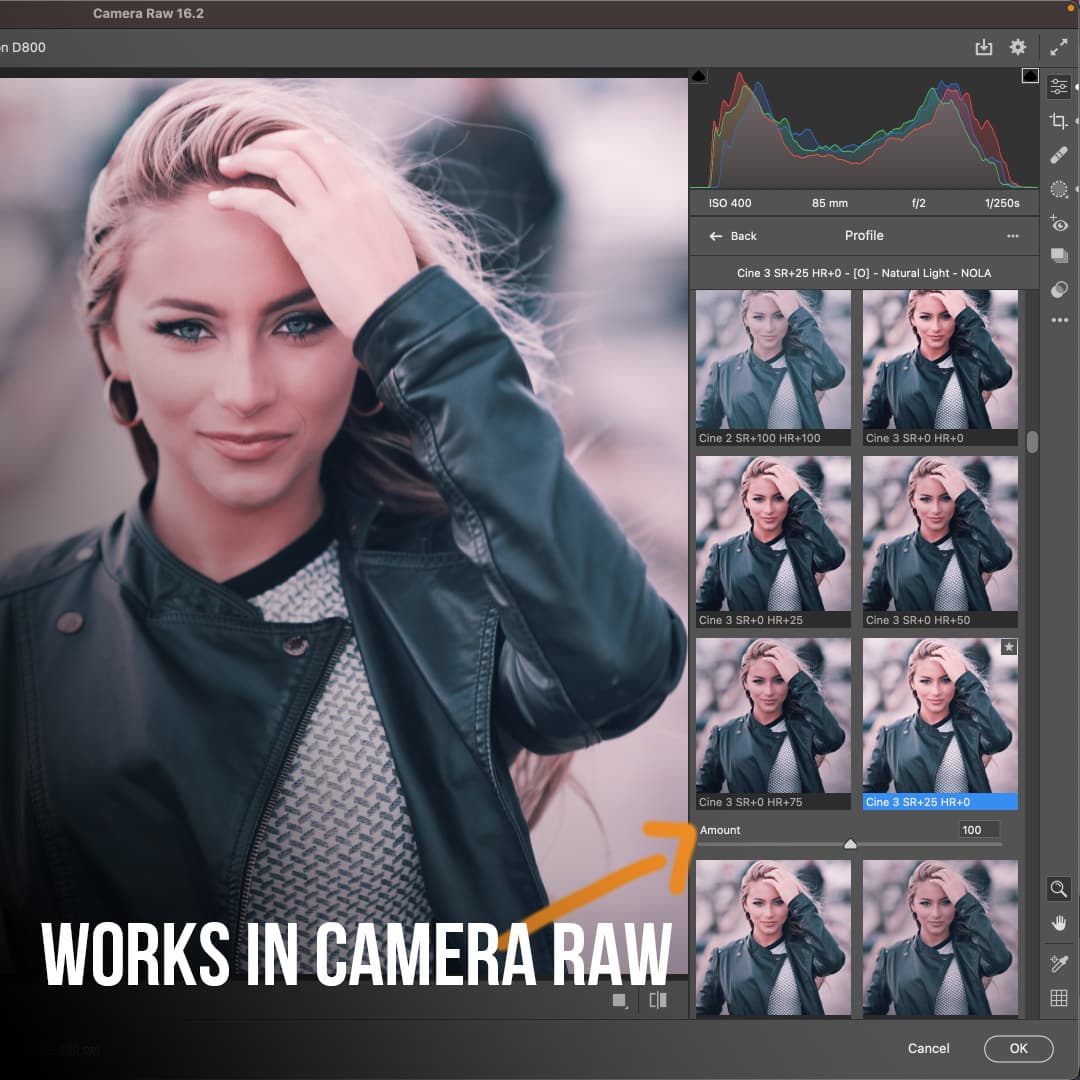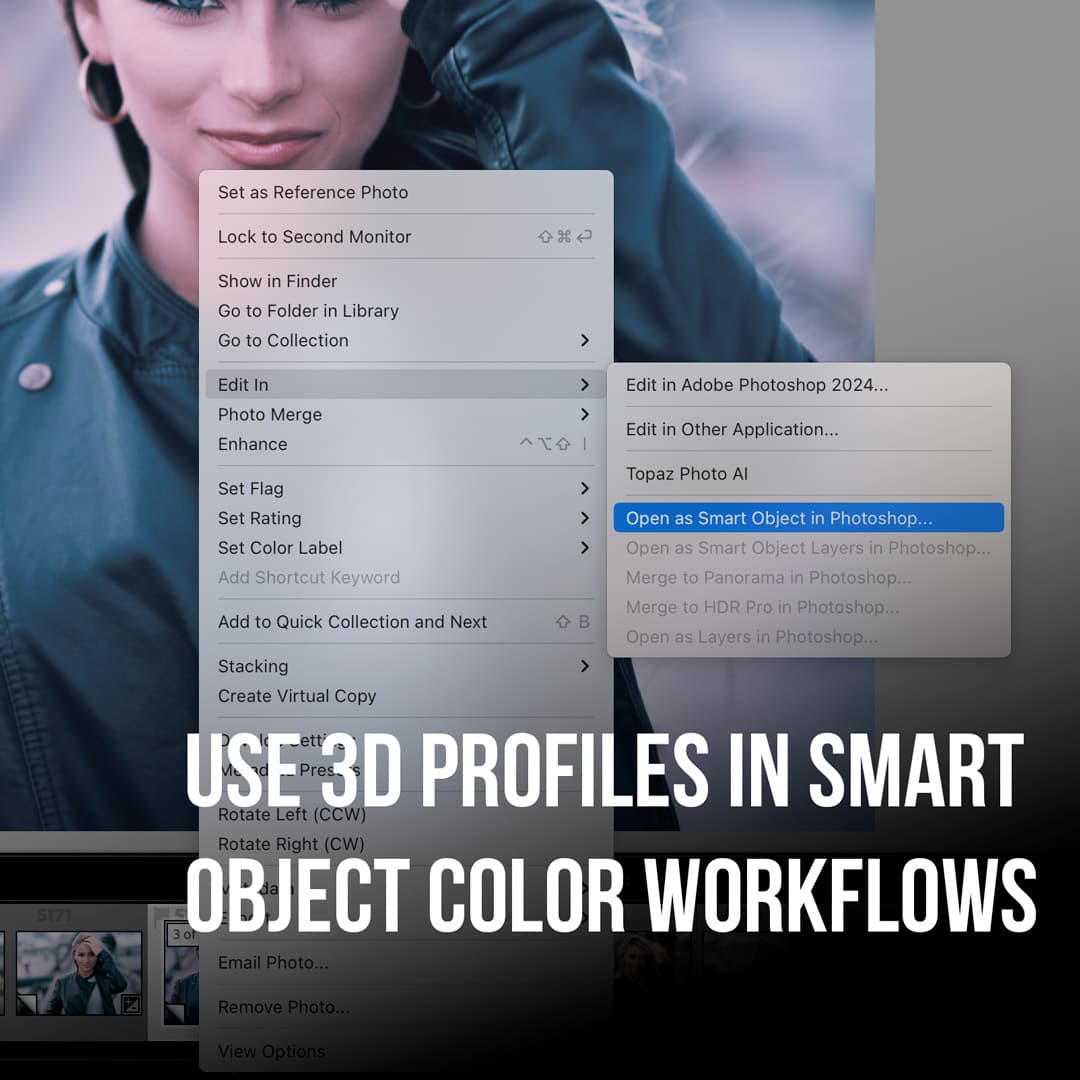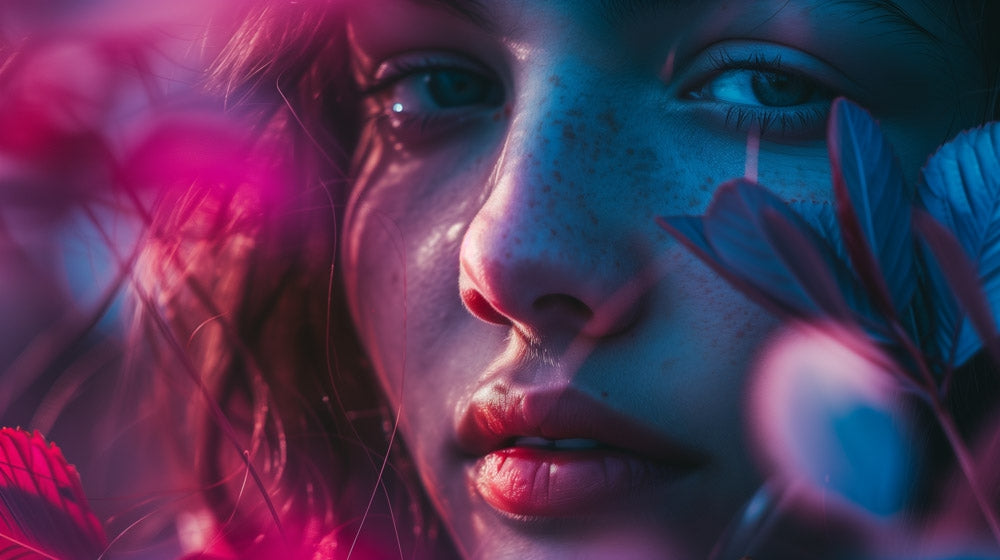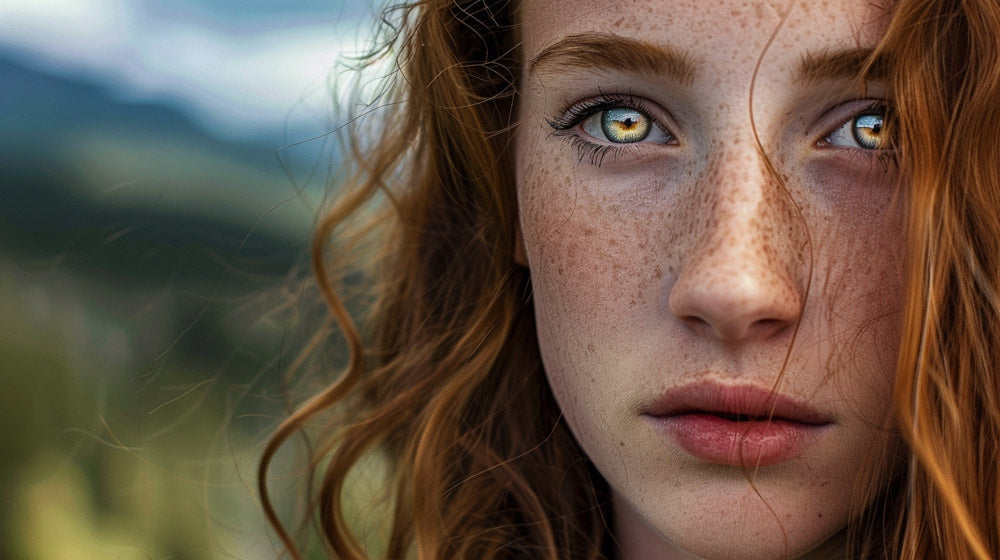Transforming raster images into vector graphics is a valuable skill for any designer or digital artist. Vectorization allows for infinite scalability without loss of quality, making it essential for creating logos, illustrations, and other graphics that need to be resized frequently. Photoshop offers several tools and techniques to vectorize images, enabling us to convert pixel-based content into crisp, scalable vector art.
We'll guide you through the process of vectorizing images in Photoshop, from simple shapes to complex designs. Whether you're working with logos, text, or intricate illustrations, you'll learn how to use Photoshop's Pen Tool, Shape Tools, and other features to create clean vector paths and shapes.
By mastering these techniques, we can produce high-quality vector graphics suitable for print, web, and various other applications.
Key Takeaways
- Vectorization in Photoshop allows for scalable, high-quality graphics
- The Pen Tool and Shape Tools are essential for creating vector paths
- Vector files can be exported as SVG, EPS, or PDF for versatile use
Understanding Vectorization
Vectorization transforms pixel-based images into scalable, editable vector graphics. This process offers significant advantages for design flexibility and image quality across different sizes and applications.
What is Vectorization
Vectorization converts raster images into vector graphics using mathematical equations. Instead of pixels, vector images use paths defined by points, lines, and curves. This allows for infinite scaling without loss of quality.
We use vectorization to create clean, crisp graphics from pixel-based sources. The process involves tracing the outlines and shapes within an image to recreate it as a vector file.
Common vector file formats include AI, EPS, and SVG. These formats are widely supported in design software like Adobe Creative Cloud applications.
Raster vs Vector Images
Raster images consist of a grid of pixels, each with a specific color value. They have a fixed resolution and lose quality when enlarged.
Vector images use mathematical formulas to define shapes and colors. They remain sharp at any size.
Key differences:
- Raster: Resolution-dependent, pixelated when scaled up
- Vector: Resolution-independent, infinitely scalable
Vector graphics are ideal for logos, illustrations, and text. Raster images are better suited for photographs and complex gradients.
Benefits of Vector Images
Vector images offer numerous advantages in graphic design and digital art:
- Scalability: Resize without quality loss
- Small file sizes: Efficient storage and faster loading
- Easy editing: Modify individual elements without affecting others
- Versatility: Use across various media and sizes
- Print quality: Sharp output at any resolution
We often use vector graphics for logos, icons, and illustrations that need to appear on different mediums. They're also excellent for creating clean, precise designs in Adobe Photoshop and other editing software.
Vector images simplify the design process by allowing quick color changes and shape modifications without starting from scratch.
Preparing to Vectorize
Proper preparation is crucial for successful image vectorization in Photoshop. We'll cover selecting the right image and setting up your workspace for optimal results.
Selecting the Right Image
Choosing an appropriate image is key to achieving clean vector results. We recommend starting with simple logos, icons, or shapes rather than complex photographs. High-contrast images with clear outlines work best.
Look for images with crisp edges and minimal gradients. Solid colors or limited color palettes are ideal. Consider using the Magic Wand tool to test how easily the image elements can be selected.
If your original image is low-resolution, try upscaling it before vectorizing. This can help create smoother paths.
Setting Up Your Photoshop Workspace
Optimize your Photoshop environment for vectorization. Begin by opening your chosen image and converting it to a smart object. This preserves quality during scaling.
Ensure your workspace is clutter-free. We suggest using a custom workspace with essential tools readily accessible.
Key tools include:
- Pen Tool
- Direct Selection Tool
- Path Selection Tool
- Shape Tools
Zoom in on your image for precise tracing. Use guides and grids to align elements accurately. Consider creating a new layer for your vector paths to keep the original image intact.
Adjust your Pen Tool settings for smooth curves. We recommend setting it to 'Path' mode for creating vector shapes.
Basic Vectorization Techniques
Vectorizing images in Photoshop involves converting raster graphics into scalable vector formats. We'll explore three fundamental techniques that form the foundation of image vectorization.
Using the Pen Tool and Paths
The Pen Tool is a powerful asset for creating precise vector paths in Photoshop. We start by selecting the Pen Tool from the toolbar and carefully tracing the outline of the image elements we want to vectorize.
Click to create anchor points along the edges, using curves and straight lines as needed. For smooth curves, click and drag to adjust the direction handles.
Once we've outlined the shape, we can convert it to a work path. Right-click on the path and select "Make Work Path" from the dropdown menu.
To create filled vector shapes, we can use the Paths panel. Select the path and click the "Fill path with Foreground Color" button at the bottom of the panel.
Creating Vector Masks
Vector masks allow us to create crisp, scalable edges for image elements. To begin, we select the layer we want to mask in the Layers panel.
Next, we choose a selection tool like the Pen Tool or Shape Tools to define the area we want to keep visible. After creating the selection, we click the "Add vector mask" button at the bottom of the Layers panel.
The vector mask applies our selection as a crisp, editable outline. We can refine the mask using the Direct Selection Tool (A) to adjust anchor points and curves as needed.
Image Trace with Adobe Illustrator
While Photoshop offers basic vectorization tools, Adobe Illustrator provides more advanced options for complex images. We start by opening our image in Illustrator.
With the image selected, we locate the Image Trace panel. Here, we can choose from preset options or customize settings like Mode, Threshold, and Paths to fine-tune the vectorization process.
After adjusting the settings, we click "Trace" to generate vector paths. We can then use the Expand button to convert the tracing object into editable vector paths and shapes.
Once satisfied with the result, we can copy and paste the vectorized elements back into our Photoshop document as smart objects for further editing.
Advanced Vectorization Strategies
Advanced techniques can significantly enhance the quality and precision of vectorized images. These strategies focus on fine-tuning tolerance levels, managing complex tonal areas, and optimizing results for detailed illustrations and portraits.
The Role of Tolerance in Vectorization
Tolerance values play a crucial role in determining the accuracy of vectorized paths. We recommend starting with a low tolerance setting of 2-3 pixels for highly detailed images. This ensures that the vector paths closely follow the original image contours.
For simpler images or logos, a higher tolerance of 5-10 pixels can be used. This reduces the number of anchor points, resulting in smoother curves and easier editing.
To adjust tolerance, we use the Path operations dialog in Photoshop. Experimenting with different values helps achieve the best balance between accuracy and simplicity.
Handling Complex Tonal Areas
Complex tonal areas require special attention during vectorization. We often use the Color Range command to isolate specific tonal ranges before vectorizing.
- Select 'Color Range' from the Select menu
- Use the eyedropper tool to sample the desired tonal area
- Adjust the fuzziness slider to refine the selection
- Create a new layer from the selection
After isolating tonal areas, we apply a Threshold adjustment layer. This converts the image to black and white, making it easier to trace with the Pen tool.
Portraits and Detailed Illustrations
Vectorizing portraits and detailed illustrations demands a meticulous approach. We start by breaking down the image into distinct areas based on tonal values and features.
For portraits, we focus on key facial features first:
- Eyes
- Nose
- Lips
- Jawline
We use the Pen tool to create precise paths around each feature. The Magnetic Lasso tool can be helpful for tracing complex edges.
For intricate illustrations, we employ a layered approach. Each major element is vectorized separately, allowing for easier manipulation and color adjustments later.
Working with Text and Logos
Vectorizing text and logos in Photoshop allows for crisp, scalable designs. We'll explore techniques to convert text and create vector logos for professional results.
Vectorizing Text
To vectorize text in Photoshop, start by creating a new text layer. Select the text layer and right-click, choosing "Convert to Shape". This transforms the text into a vector shape, maintaining its crisp edges at any size.
For more complex text effects, use the Pen Tool to trace around letters. Create a work path, then stroke the path with a brush for custom vector text styles.
When working with existing raster text, use the Magic Wand tool to select the text. Refine the selection edges, then create a vector mask from the selection.
Remember to keep text layers separate for easy editing. Group related text shapes for organized vector assets.
Creating Vector Logos
To create vector logos, start with a clean sketch or high-contrast image. Use the Pen Tool to trace the logo's main shapes, creating closed paths for each element.
Convert paths to shapes by right-clicking and selecting "Fill Path" or "Stroke Path". Adjust fill colors and stroke weights as needed.
For complex logos, break down the design into simple shapes. Use the Shape Tools to create basic elements like circles and rectangles.
Combine shapes using the Pathfinder panel. This allows for precise control over logo geometry and ensures scalability.
Export your vector logo as an AI or EPS file for use in other applications. These formats preserve the vector data for high-quality printing and scaling.
Optimizing the Vectorization Process
Efficient vectorization in Photoshop requires mastering specific tools and techniques.
We'll explore key strategies to enhance your workflow and achieve cleaner, more precise vector results.
Using Selection Tools Effectively
The right selection tools are crucial for accurate vectorization.
We recommend starting with the Rectangular Marquee tool for simple shapes. For more complex objects, the Magic Wand tool can select areas of similar color quickly.
The Select Subject feature is a powerful option for isolating main elements automatically. It uses AI to detect and select the primary subject in your image.
For color-based selections, the Color Range command offers precise control. It allows us to select specific color ranges, making it ideal for isolating elements with distinct hues.
Automation and Actions
Photoshop Actions can significantly speed up the vectorization process.
We can record a series of steps as an Action, then apply it to multiple images with a single click.
To create an Action for vectorization:
- Open the Actions panel
- Click "Create New Action"
- Record your vectorization steps
- Stop recording
This approach is particularly useful for batch processing similar images or logos.
Refining Edges for Cleaner Paths
The Refine Edge tool is essential for creating smooth, accurate vector paths. We use it to fine-tune selections before creating work paths.
To access Refine Edge:
- Make a selection
- Click "Select and Mask" in the options bar
- Use the Refine Edge Brush tool to adjust edges
Adjusting the "Smooth" and "Contrast" sliders can help eliminate jagged edges and create cleaner paths.
For hair or fur, the "Decontaminate Colors" option can improve edge detection.
By focusing on edge refinement, we ensure our vector paths closely match the original image, resulting in high-quality scalable graphics.
Exporting and Using Vector Images
After vectorizing an image in Photoshop, it's crucial to export and utilize it effectively. We'll explore the best file formats, saving techniques, and how to use vector images across different media.
File Formats for Vector Images
Vector images can be saved in various formats, each with its own advantages.
The most common vector file formats include EPS, SVG, and PDF.
EPS (Encapsulated PostScript) is widely supported and preserves image quality across different software.
SVG (Scalable Vector Graphics) is ideal for web use, as it's lightweight and scalable.
PDF (Portable Document Format) is versatile and maintains vector properties while being compatible with many applications.
We recommend choosing the format based on your intended use:
- EPS for print projects
- SVG for web and digital displays
- PDF for multi-purpose use
Saving Your Vectorized Image
To save your vectorized image in Photoshop, we use the "Save As" function. Here's how:
- Go to File > Save As
- Choose your desired format (EPS, SVG, or PDF)
- Select a location to save the file
- Click Save
For EPS files, we recommend using the Photoshop EPS format. This ensures maximum compatibility with other Adobe Creative Cloud applications.
Using Vector Images in Different Media
Vector images excel in various media due to their scalability without pixelation.
In print, we can use vector images for logos, illustrations, and large-format designs. They maintain crisp edges at any size, making them perfect for billboards or business cards.
For digital media, vector images are ideal for responsive web design. They adapt seamlessly to different screen sizes and resolutions.
We often use SVG format for web graphics, as it's supported by all modern browsers and keeps file sizes small.
In video production, vector images can be animated or scaled without loss of quality. This makes them valuable for motion graphics and title sequences.
Frequently Asked Questions
Vectorizing images in Photoshop involves specific steps, tools, and techniques. We'll address common queries about the process, quality assurance, file formats, and locating essential tools within the software.
What steps are involved in vectorizing an image in Photoshop?
To vectorize an image in Photoshop, start by opening your image and selecting the area you want to vectorize.
Use the Pen Tool to create paths around the image elements.
Convert these paths to vector shapes by right-clicking and selecting "Make Work Path." Adjust the paths as needed for accuracy.
How can one ensure high-quality vectorization of an image in Photoshop?
For high-quality vectorization, use the Pen Tool to create precise paths around image elements.
Zoom in to ensure accurate anchor point placement and smooth curves.
Convert your raster image to a smart object before vectorizing to preserve quality during scaling. Take time to refine paths and adjust bezier curves for the best results.
What is the process to convert a PNG image to vector format in Photoshop?
To convert a PNG to vector in Photoshop, open the PNG file and use the Pen Tool to trace the image elements.
Create paths around each shape or detail you want to vectorize.
Convert these paths to vector shapes and adjust as needed. Export the file as an EPS or AI format to preserve the vector data.
Can you convert a PSD file to a vector format using Photoshop?
Yes, we can convert a PSD file to a vector format in Photoshop.
First, open the PSD file and identify the layers you want to vectorize.
Use the Pen Tool to create paths around the elements on each layer. Convert these paths to vector shapes and export the file as an EPS or AI format.
What is the procedure to vectorize a logo using Photoshop?
To vectorize a logo in Photoshop, start by importing the logo image.
Use the Pen Tool to trace the logo's outline and details precisely.
Create separate paths for different colors or elements of the logo. Convert these paths to vector shapes and adjust as needed for accuracy.
Where can I find the vector tools in Photoshop for image vectorization?
In Photoshop, the main vector tool is the Pen Tool. It's located in the toolbar on the left side of the screen. Look for an icon that resembles a fountain pen nib.
Other vector-related tools can be found in the "Paths" panel. You can access this panel from the "Window" menu if it's not already visible.

